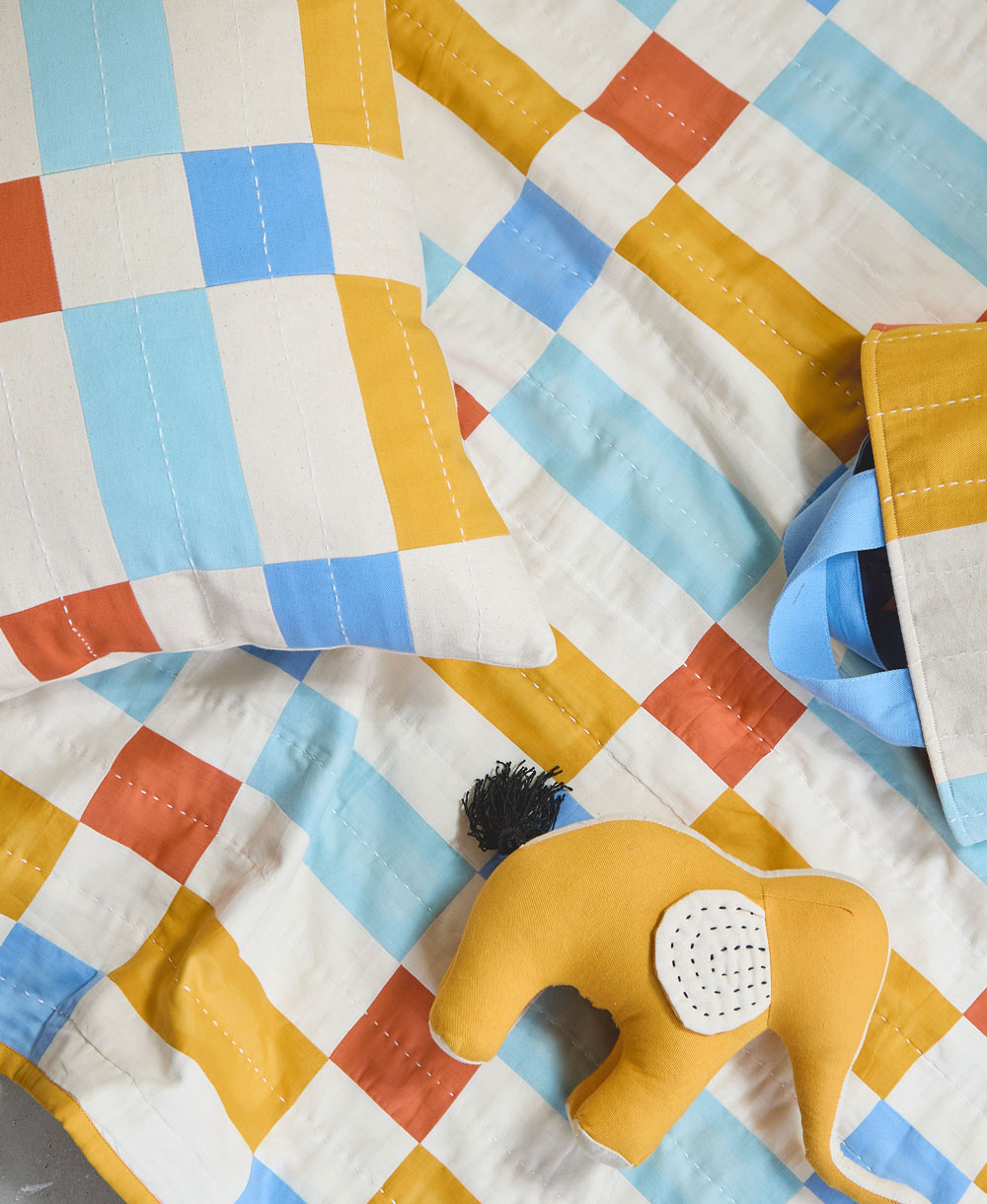It’s no secret that fashion isn’t all that glamorous. Behind the florescent-lit storefronts and the deep magenta of your favorite party dress lies a system that causes massive damage to the earth’s communities and water systems. Apart from oil, the fashion industry is the most polluting manufacturer on earth. .
To produce large quantities of cheap garments, factory workers use massive amounts of chemical dyes which are then dumped into the surrounding water systems. A blogger from zady.com sadly noted that “The increased demand for textile products... and the use of synthetic dyes have together contributed to dye wastewater becoming one of the substantial sources of severe pollution problems in current times.” This toxic wastewater that comes from garment factories not only affects the surrounding agriculture and water systems, but it also has harmful effects on the garment workers’ health as well.
dyeScape is part of the solution.
dyeScape is living, blooming proof that there are alternatives to this textile system. This network of urban gardens, located throughout Louisville’s Portland neighborhood, showcases the potential of plant-based dyes to create vibrant textiles without harming the surrounding ecosystems. To create these one-of-a-kind pieces, dyeScape first starts by harvesting raw dyestuffs such as indigo, madder, weld and marigold. Once there is enough dye material for an entire dye-bath, the fabric is prepared: to ensure the fabric holds the dye color, the fabric is pre-washed and treated using natural metallic salts called mordants. Finally, the fabric is placed in the hot dye bath along where it is carefully monitored for several hours.
While this dye process is certainly a major time investment, we hope that you see the beauty in creating vibrant hues of blue, orange, red and yellow using completely sustainable methods.
However, we can’t create this without you. We need your help to raise $5,000 by June 30th in order to make this new collection the best it can possibly be. Will you partner with us in creating a line of textiles that celebrate and respect the beauty of nature?




